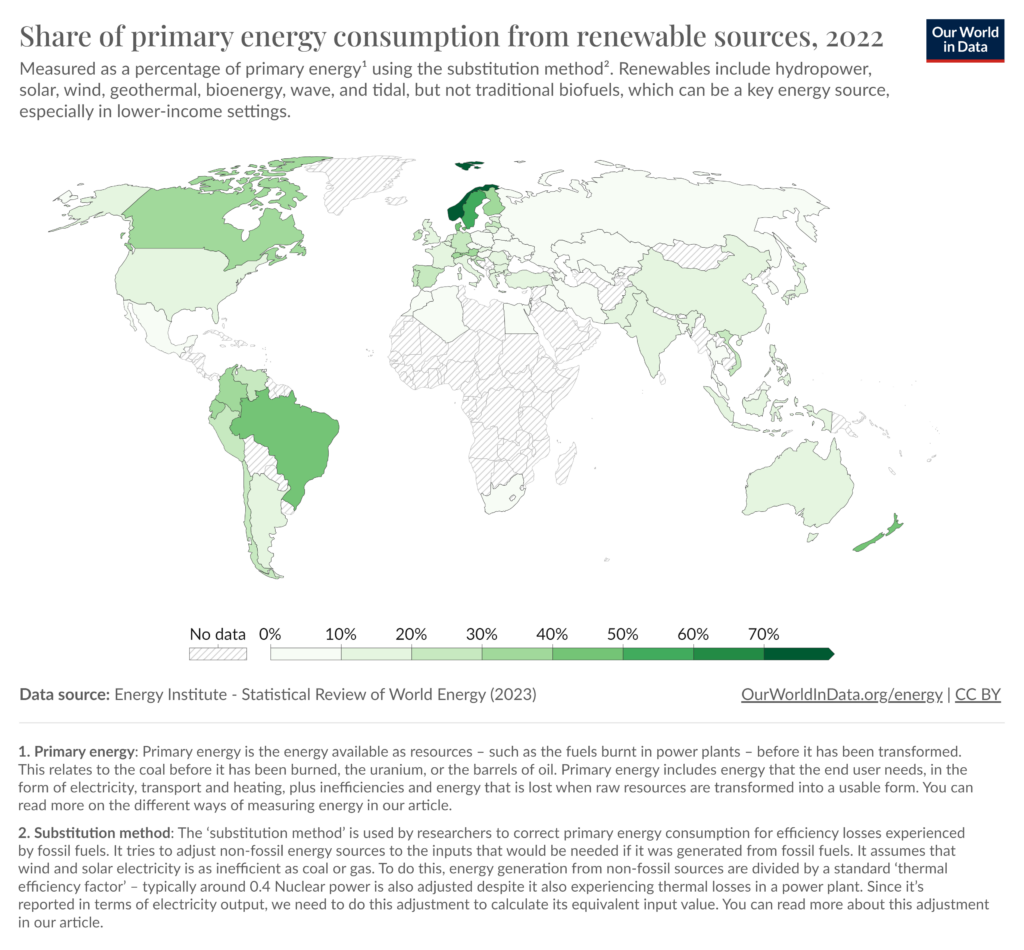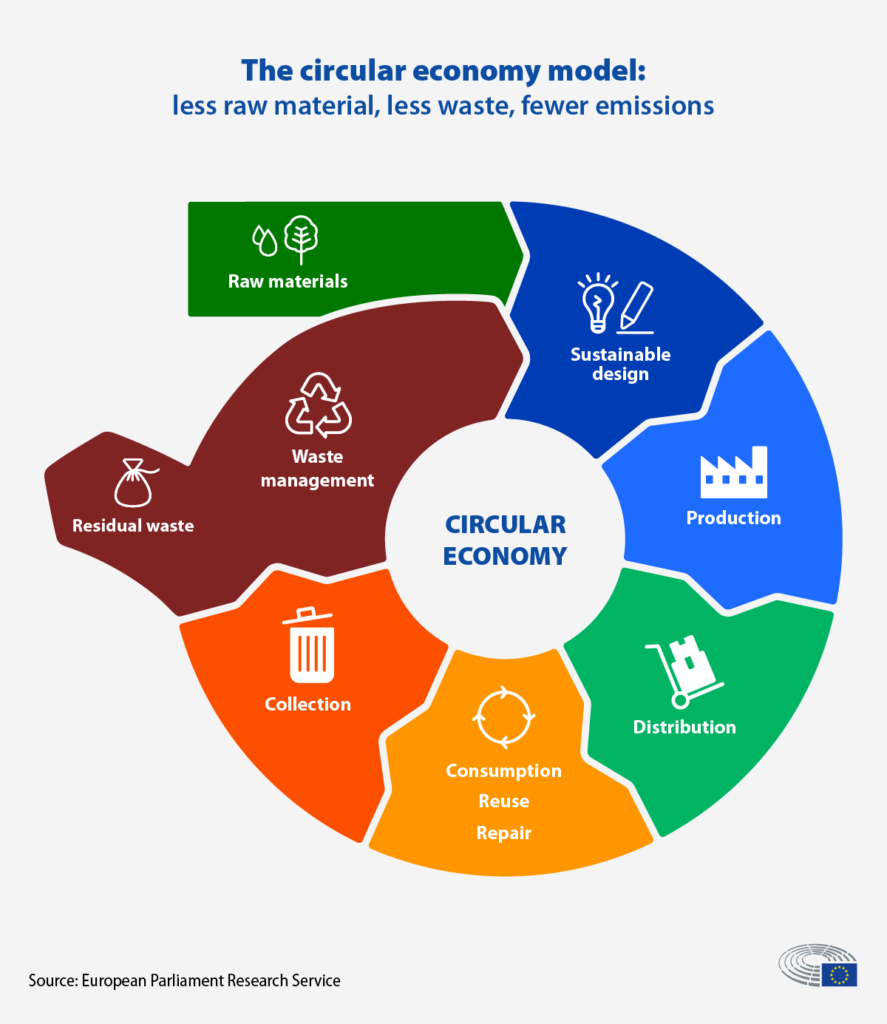From the smartphones in our pockets to the intelligent factory machinery in advanced manufacturing plants, electronics have become integral in every facet of our lives. In consumer electronics alone, demand is set to rise from US$1,046 billion in 2024 to US$1,176 billion in 2028.
However, as this demand increases for components like semiconductors and circuit boards, ensuring that the electronics supply chain remains sustainable can be challenging.
Here are three key strategies electronics manufacturers can utilise to enhance their supply chain sustainability.
1. Responsible sourcing
Implementing ethical and sustainable sourcing practices
Manufacturers can start by establishing clear guidelines for ethical and sustainable sourcing practices. This involves conducting thorough assessments of potential suppliers to ensure they adhere to environmental regulations, labour standards, and ethical business practices.
Ensuring transparency in the supply chain
Transparency is essential for identifying and addressing potential sustainability risks within the supply chain. Manufacturers can achieve this by implementing robust tracking and reporting systems to monitor the origin of raw materials, components, and products. Transparency can also lead to better customer loyalty, with up to 94% of customers willing to stay loyal to a brand due to transparent supply chains.
Reducing environmental impact
Responsible sourcing also involves minimising the environmental impact of sourcing activities. Manufacturers should work with suppliers who prioritise energy efficiency, waste reduction, and resource conservation. Additionally, incorporating recycled materials into the supply chain can further reduce environmental impact and promote a circular economy within the electronics industry.
2. Efficient manufacturing processes
Adopting lean manufacturing principles
Lean manufacturing focuses on maximising efficiency and eliminating waste in production processes. Manufacturers can achieve this by streamlining operations, optimising inventory management, and implementing just-in-time production to reduce excess inventory and minimise waste. By embracing lean principles, manufacturers can enhance sustainability while improving overall operational efficiency, and look forward to as much as a 99% improvement in throughput, reduction in lead times, and more.
Adopting renewable energy sources
Transitioning to renewable energy sources, such as solar or wind power, and investing in renewable energy infrastructure can significantly reduce the environmental impact of manufacturing operations. It’s been found that electricity from renewable energy sources can produce around 90% to 99% less greenhouse gases (GHGs) compared to coal.
Reducing waste and emissions in the production process
By implementing efficient waste management systems, manufacturers can reduce waste and emissions thanks to optimised production technologies and investments in emission-reducing technologies. Prioritising waste reduction will help manufacturers minimise their carbon footprint and contribute to a more sustainable supply chain.
3. Collaboration and innovation
Partnering with suppliers and stakeholders for sustainability
Collaborating with suppliers and stakeholders is essential for promoting sustainability throughout the supply chain, with studies finding that stakeholders create a positive sustainability impact. Manufacturers must work closely with their partners to exchange best practices, set sustainability goals, and drive continuous improvement so they can create a network of like-minded organisations committed to sustainable supply chain management by fostering strong partnerships.
Investing in research and development for green technologies
Manufacturers can explore new materials, processes, and technologies that minimise environmental impact and support sustainable manufacturing. Prioritising research and development for green technologies also helps drive innovation, helping manufacturers stay ahead of regulatory requirements and consumer demands while delivering positive change.
Embracing circular economy principles for electronics manufacturing
Embracing circular economy principles involves designing products for longevity, reusability, and recyclability. Manufacturers can implement strategies such as product modularisation, remanufacturing, and take-back programmes to extend the lifespan of electronic products and reduce waste. By increasing circularity, manufacturers can also expect to see a reduction of emissions by up to 39% in 2032.
Taking the right steps toward supply chain sustainability
Enhancing supply chain sustainability in the electronics industry requires a multifaceted approach that encompasses responsible sourcing, efficient manufacturing processes, and collaboration and innovation. To ensure that you’re on track with your sustainability transformation, it is critical to measure and benchmark your progress against your industry peers.
Maturity assessments and frameworks like the Consumer Sustainability Industry Readiness Index (COSIRI) can help you gain the upper hand and accelerate your green transition. Learn more about COSIRI here and contact us at [email protected] to start a conversation.





